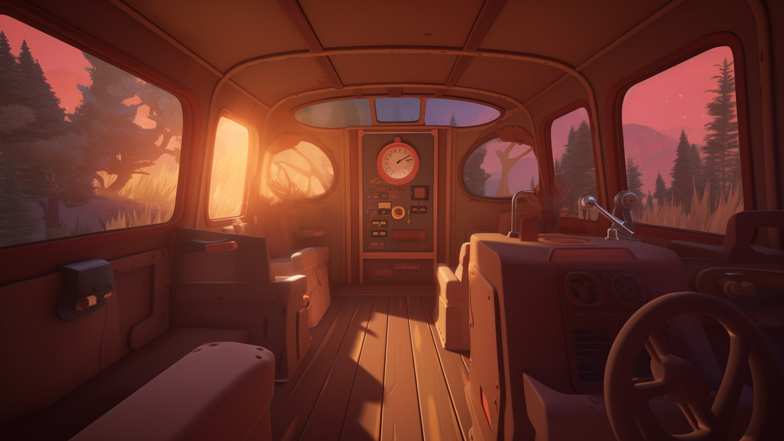
For centuries, humans have been fascinated by the concept of time travel. From H.G. Wells' "The Time Machine" to the hit TV show "Doctor Who," people have imagined what it would be like to journey through time and witness historical events firsthand. While time travel may still be the stuff of science fiction, 'Journey Through Time' offers the next best thing – a realistic and immersive experience that lets users journey into the past.
So, what exactly is 'Journey Through Time'? At its core, it's a virtual reality experience that allows users to visit different points in history. Using state-of-the-art VR headsets and interactive technology, users can explore ancient civilizations like Egypt and Greece, witness famous battles like Gettysburg and Waterloo, and interact with historical figures like Julius Caesar and Abraham Lincoln.
One of the unique features of 'Journey Through Time' is its emphasis on interactivity. Rather than just passively watching historical events unfold, users can actively participate in them. For example, in the Waterloo simulation, users can choose to fight alongside Napoleon or Wellington, making strategic decisions that could change the outcome of the battle. In the ancient Rome simulation, users can navigate the crowded streets and interact with famous figures like Caesar and Cleopatra.
Of course, there's more to 'Journey Through Time' than just visiting historical events. The experience also offers detailed immersive environments that allow users to explore ancient cities like Rome and Athens. As they wander through these environments, users can interact with virtual citizens and learn about the day-to-day lives of the people who lived there.
But 'Journey Through Time' isn't just a fun and immersive way to experience history. It's also a powerful learning tool. By allowing users to interact with historical figures and events, it can help bring history to life in a way that textbooks and lectures simply can't. Users can gain a deeper understanding of the people and events that shaped our world, giving them a greater appreciation for the importance of studying history.
So, how does 'Journey Through Time' work? To begin, users put on a virtual reality headset, which completely immerses them in a historical environment. They can move around and interact with the environment using hand controllers, which track their movements in real-time. Specialized software allows users to interact with historical figures and objects in a realistic way, so they can truly feel like they're in the past.
Perhaps most impressively, 'Journey Through Time' offers a level of realism that is unparalleled in other virtual reality experiences. A team of historians and archaeologists worked closely with the developers to ensure that each simulation is as historically accurate as possible. From the clothing that characters wear to the food that they eat, every detail has been carefully researched to create a truly lifelike experience.
Overall, 'Journey Through Time' is an incredible new way to experience history. By offering a realistic and immersive journey through the past, it allows users to connect with history in a way that was previously impossible. For educators, it offers a powerful tool for teaching history in a way that engages students and makes the subject come alive. And for anyone who has ever dreamed of traveling back in time, 'Journey Through Time' is a must-try experience that will transport them to some of history's most exciting moments.
Comments
Post a Comment